Digital
Fernando Restivo 3 Tarquin Logan Luke Nicklin Kathy Park Hanga tō Ara’
-
Tauira / Students
Fernando Restivo, Tarquin Logan, Luke Nicklin, Kathy Park -
Kaitautoko / Contributors
Riki Hollings, Manu Keung, Rhonda Koroheke, Daisy O'Reilly-Nugent, Craig Mckay -
Kaiako / Lecturers
Tammie Leong, Don Chooi, Jocelyn Janon, Jim Murray
-
Client
Spark New Zealand -
School
Media Design School
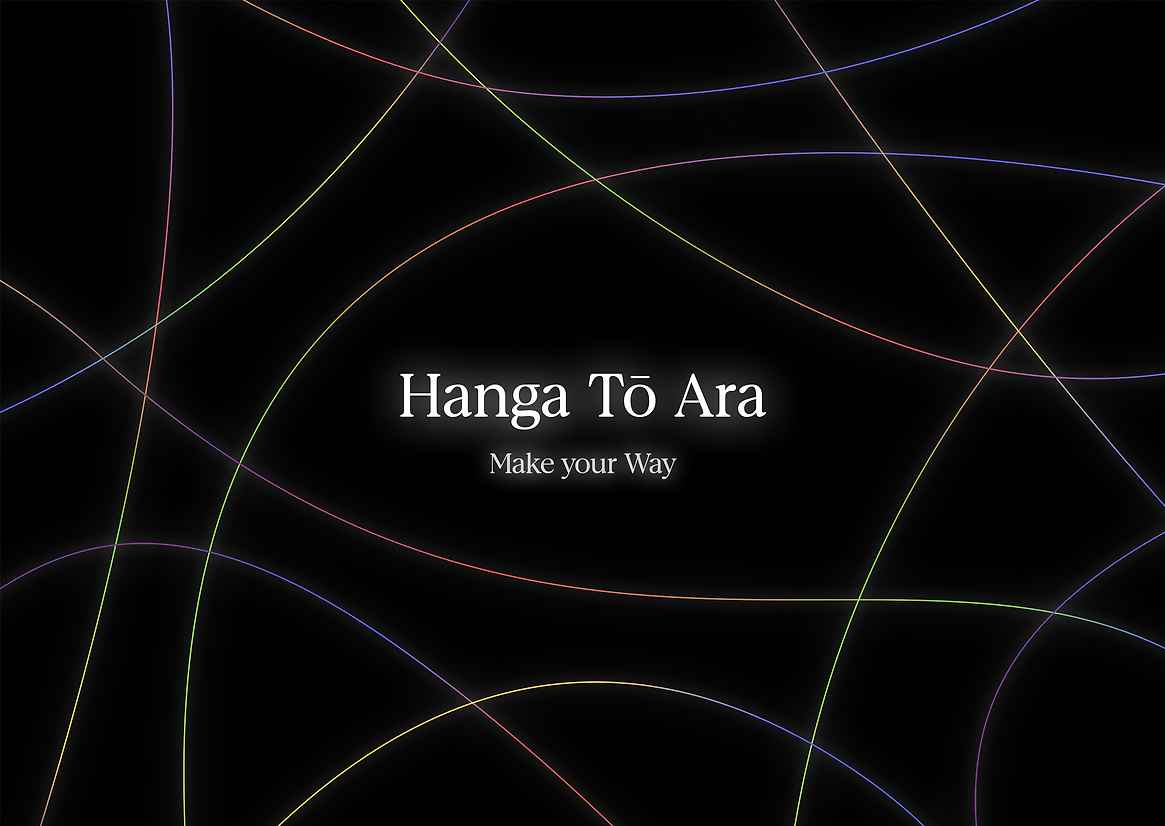
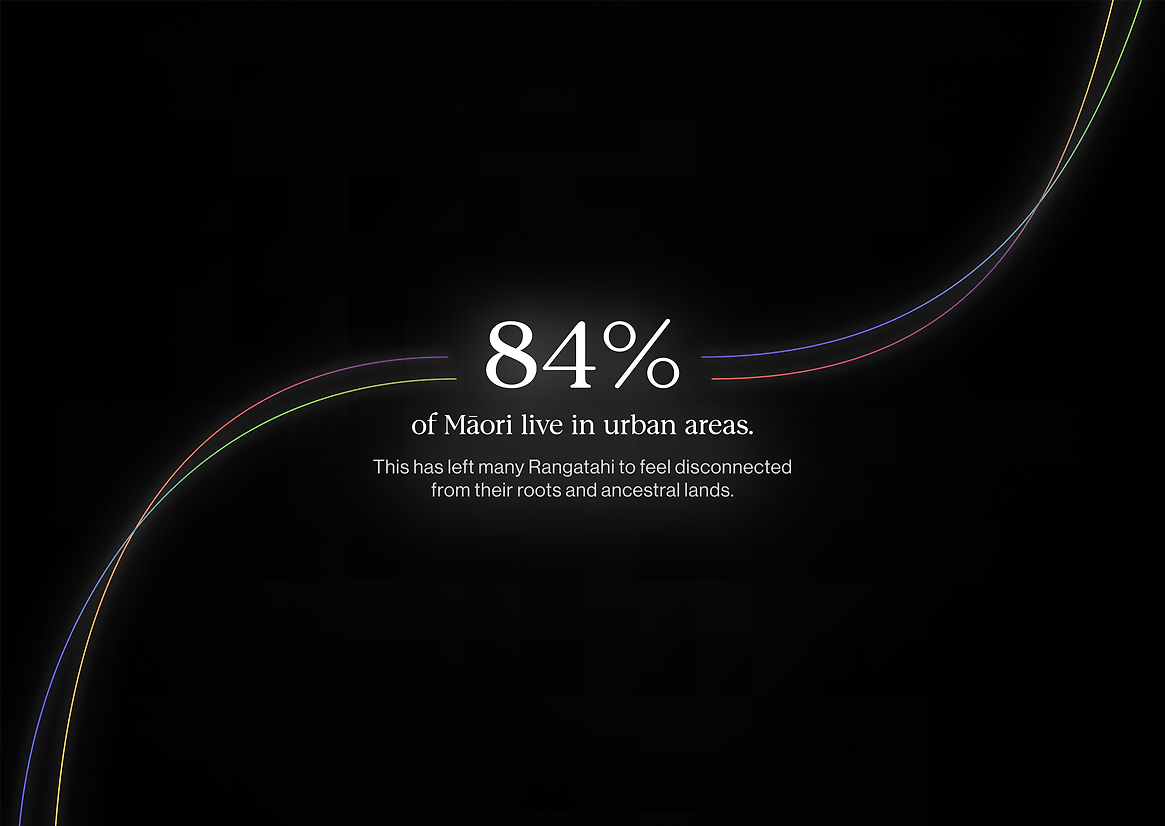
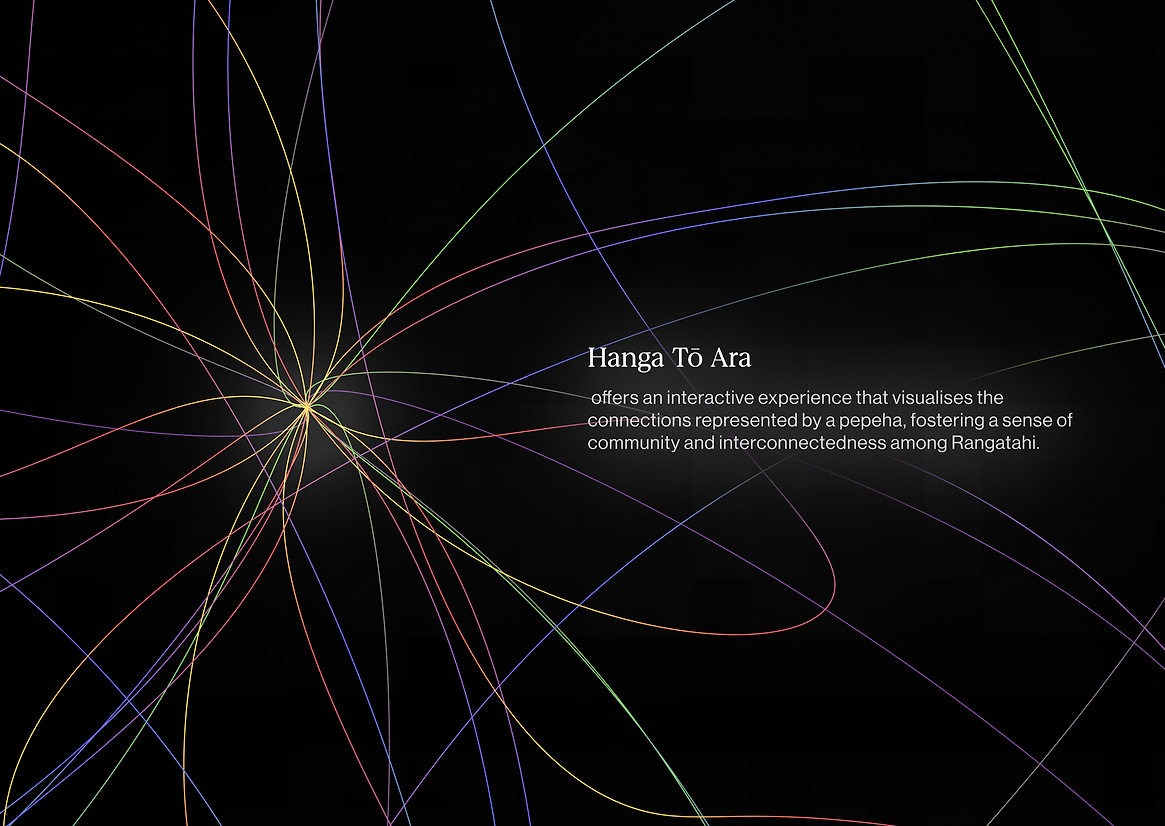
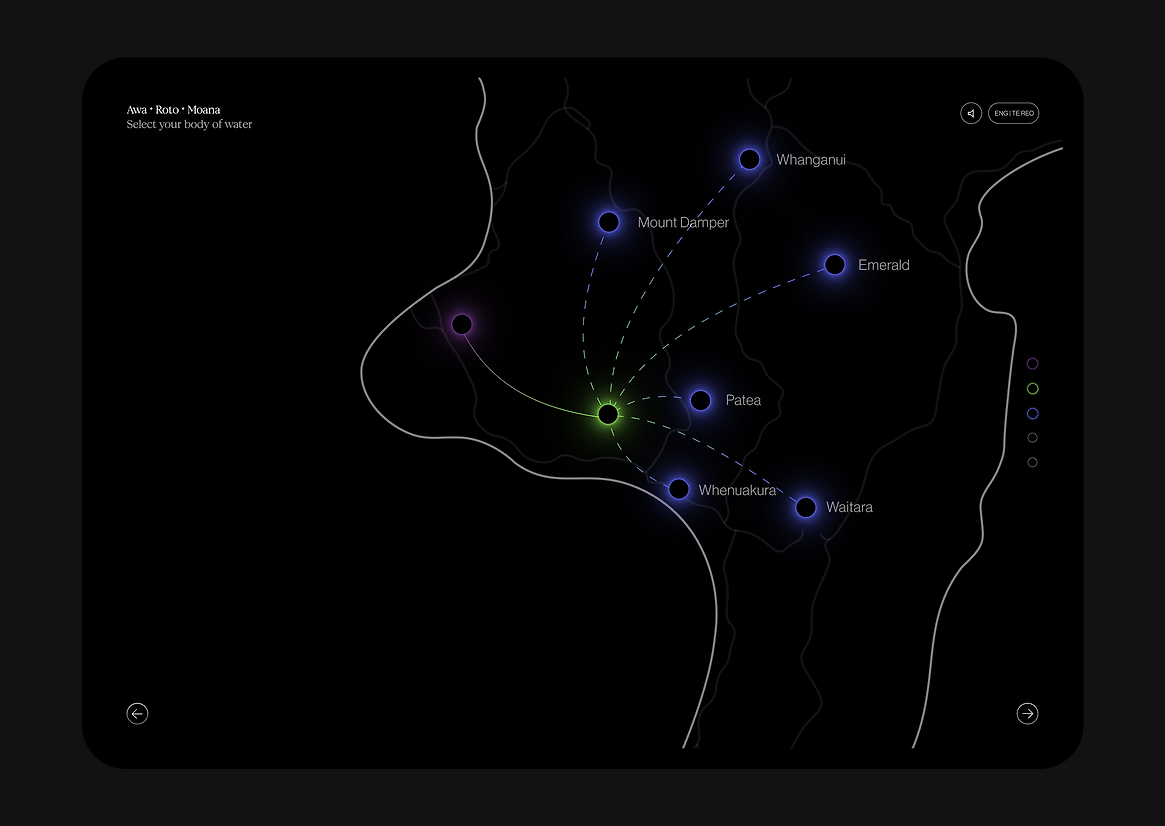
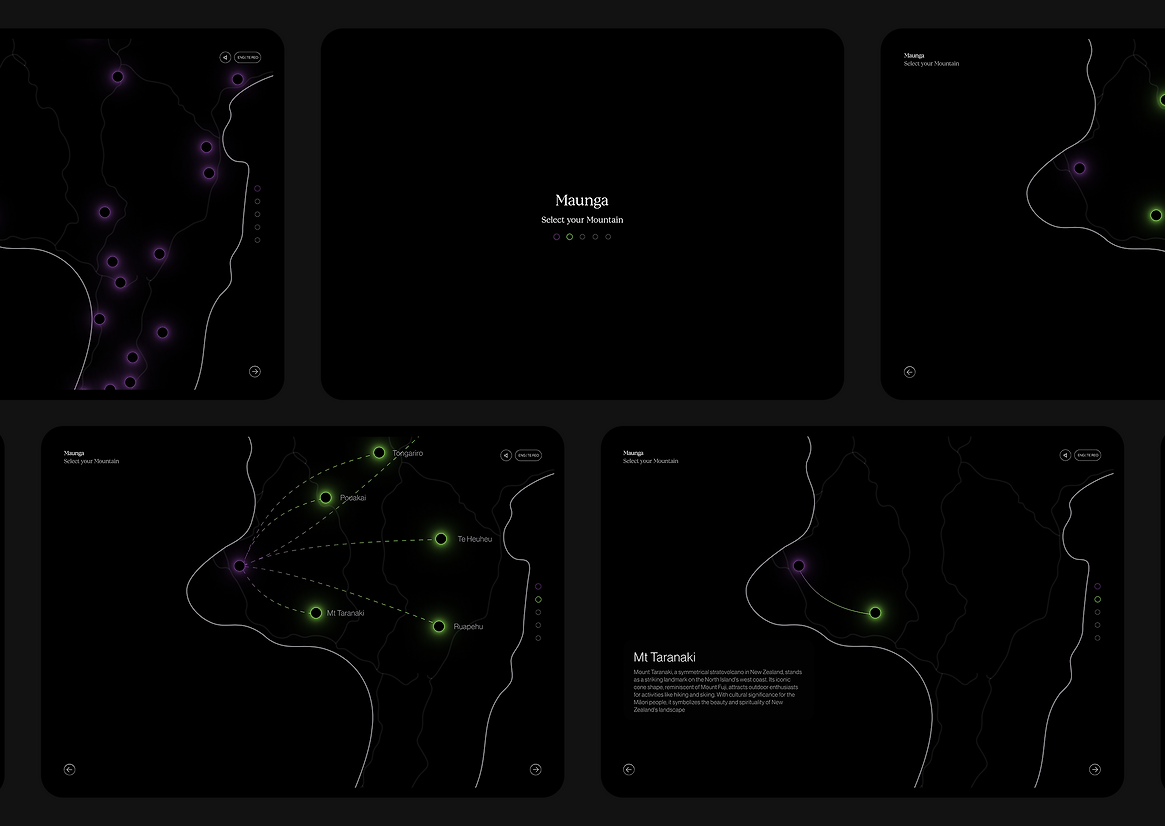
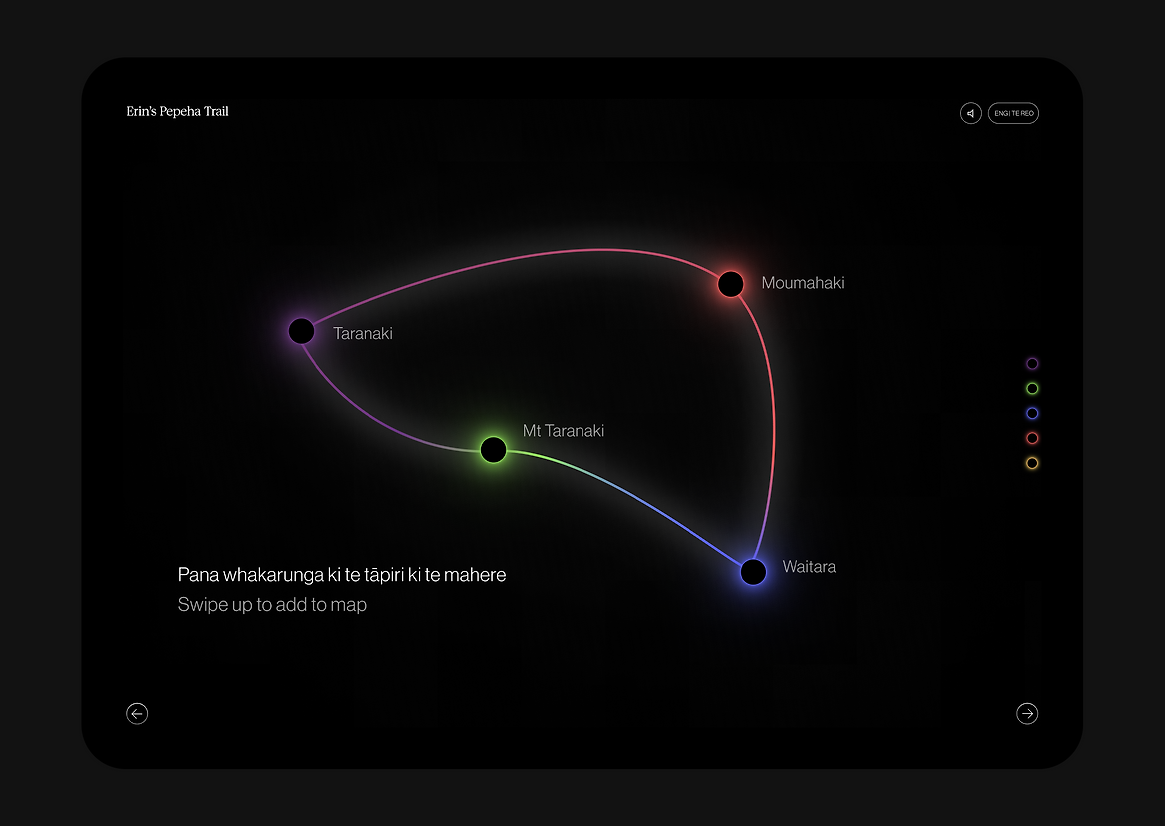
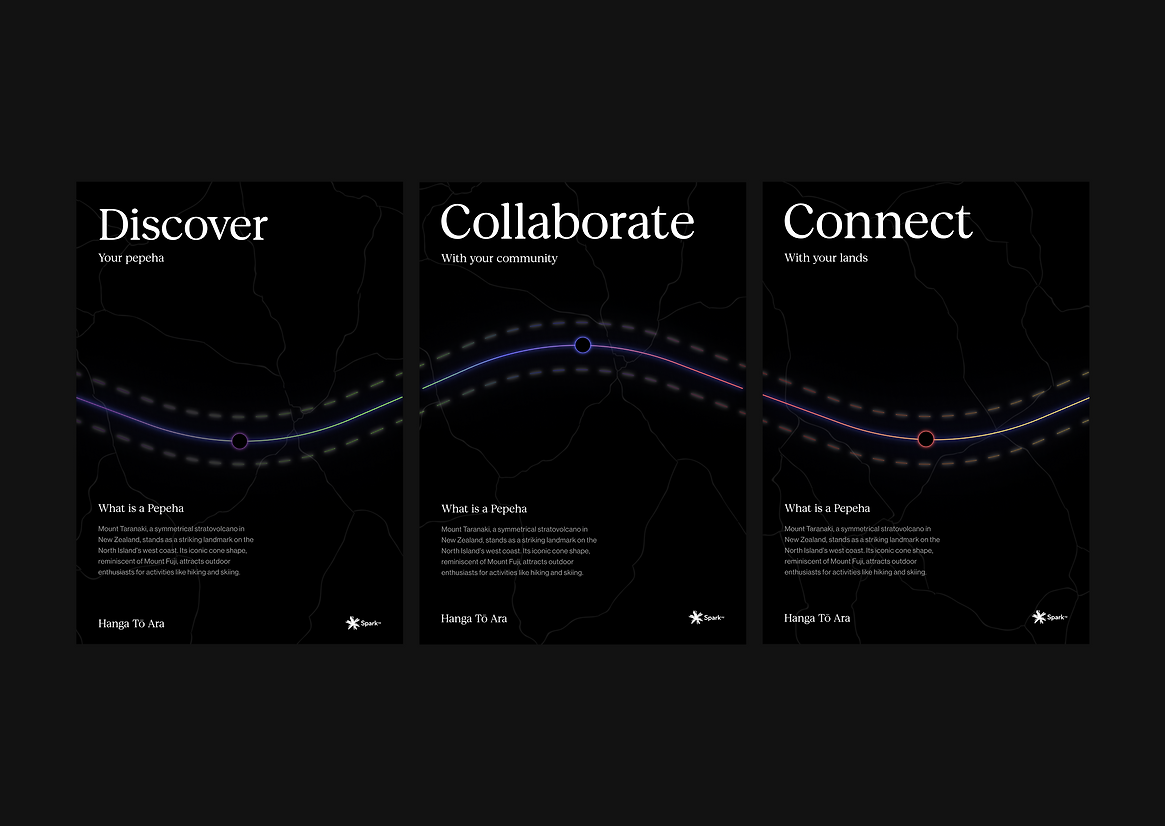
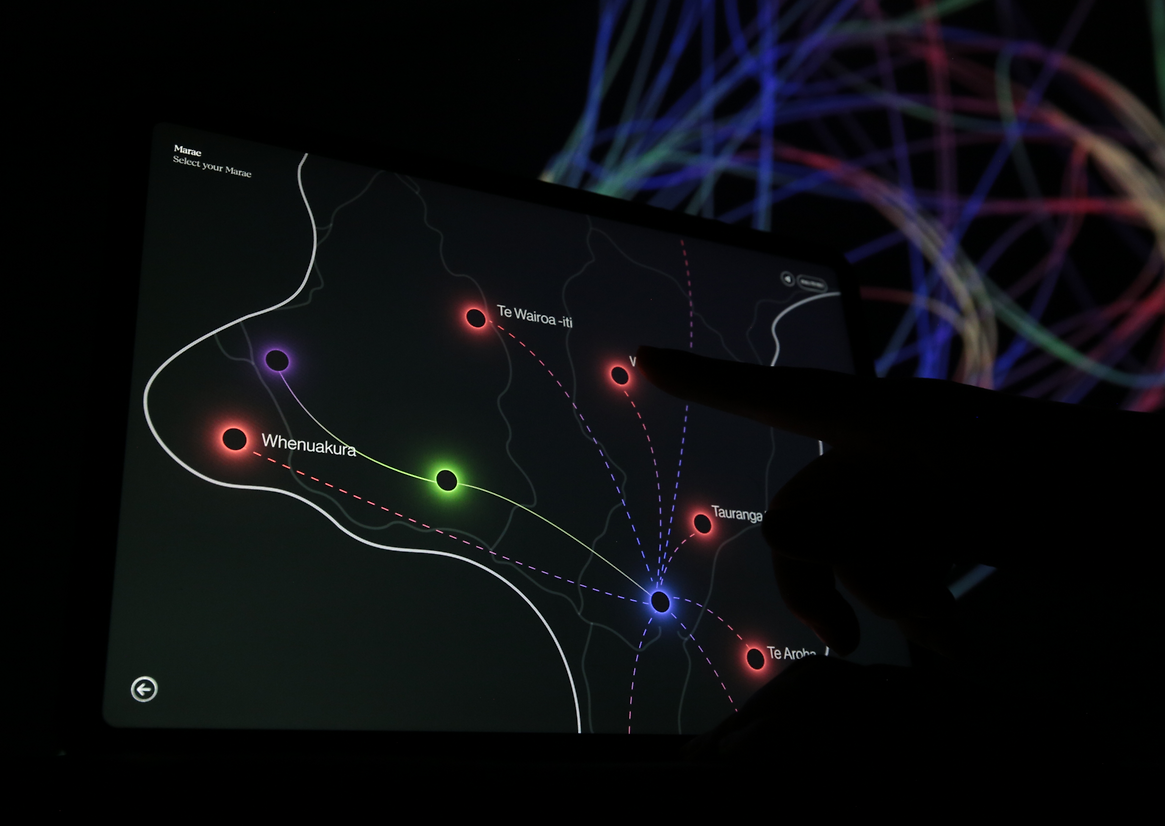
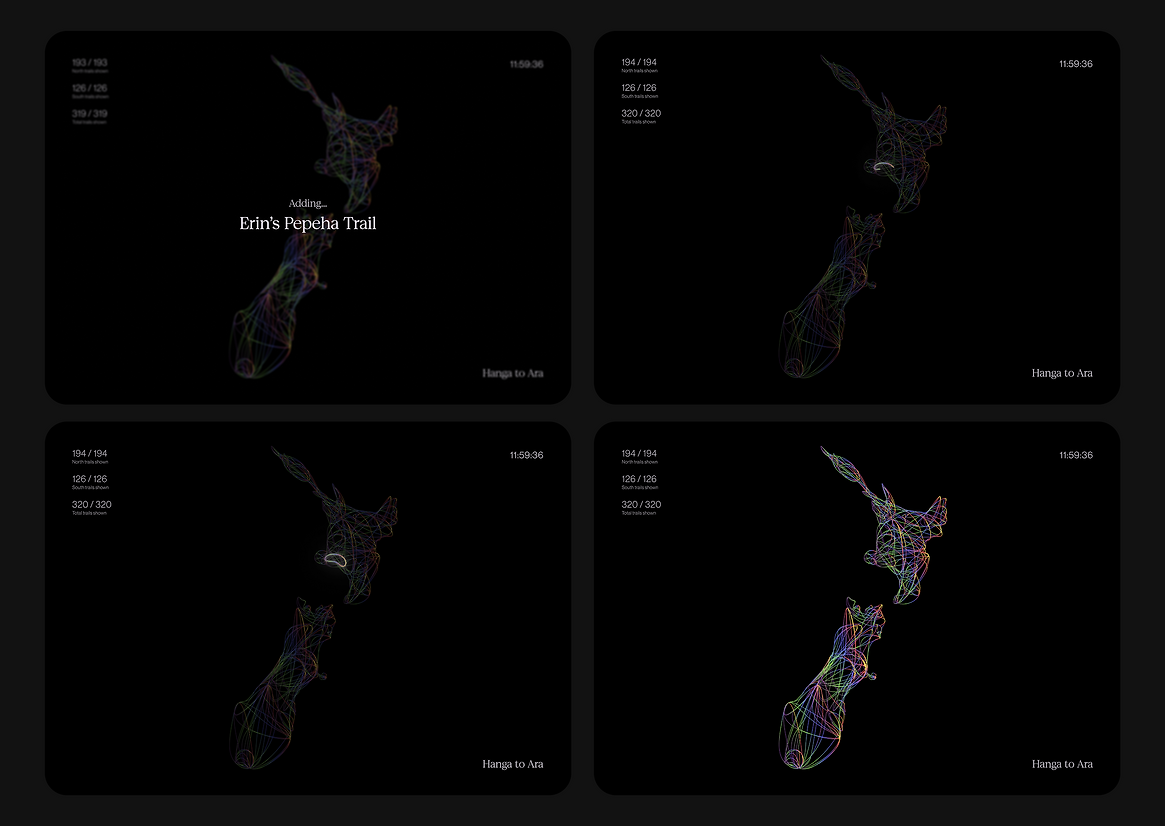
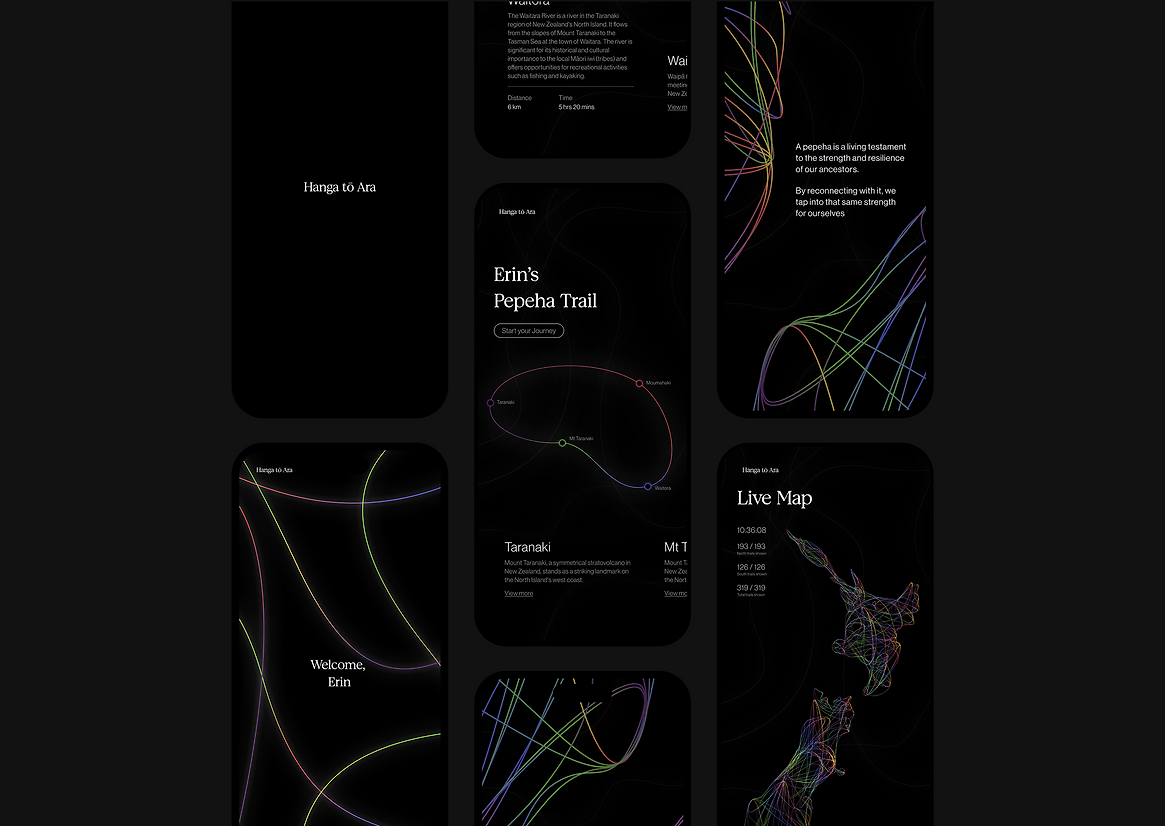
Description:
The migration of Māori to urban areas has been described as one of the quickest movements of any population. More and more Māori children grew up away from their ancestral marae, lacking exposure to tikanga (customary practices), te reo (language), and essential aspects of Māori identity. Over time, this led to a widening gap between urban and rural Māori, creating a disconnect between rangatahi and their ancestral lands.
Our project aims to encourage urban rangatahi to reconnect with their heritage using the concept of a pepeha. A pepeha tells the story of the places and people you are connected to, communicating who you are, where you’re from, and where you belong. These lands connect individuals to their whakapapa (genealogy) and the spiritual essence of their ancestors, carrying the mana (spiritual power) and revealing past histories. Sharing your pepeha with others fosters connections and deepens your sense of belonging. We aim to create a platform that visualises these connections, instilling a sense of community and interconnectedness among rangatahi. Through encouraging engagement with their pepeha, we hope to bridge the gap between urban and rural, reconnecting rangatahi with their ancestral lands.
Users embark on an on-screen journey to uncover their pepeha, forming a unique pepeha trail. This trail can be placed and shared on a large map through projection mapping, alongside others'. Individually, each pepeha trail represents a personal journey, but when combined on a map, it transforms into the collective journey of Aotearoa. The overlaps between trails illustrate the connections and relationships formed. As more pepeha are shared, the map evolves into a visualization of the history of migrations and interrelationships between iwis and whānau. Through this experience, we aim to inspire rangatahi to explore their own pepeha trails, potentially journeying back to their ancestral lands and leaving the experience with a stronger connection to their heritage and Aotearoa.
This project serves as a bridge, guiding rangatahi back to their ancestral lands and connecting urban and rural Māori. By visualising and celebrating community connections, it fosters unity and shared heritage. Mapping pepeha trails transforms it into a dynamic historical document, illustrating migration patterns and interrelationships among Māori tribes. As this project grows, we see the potential to expand into a platform for an international audience to map their heritage trails, creating a global map of stories and relationships.